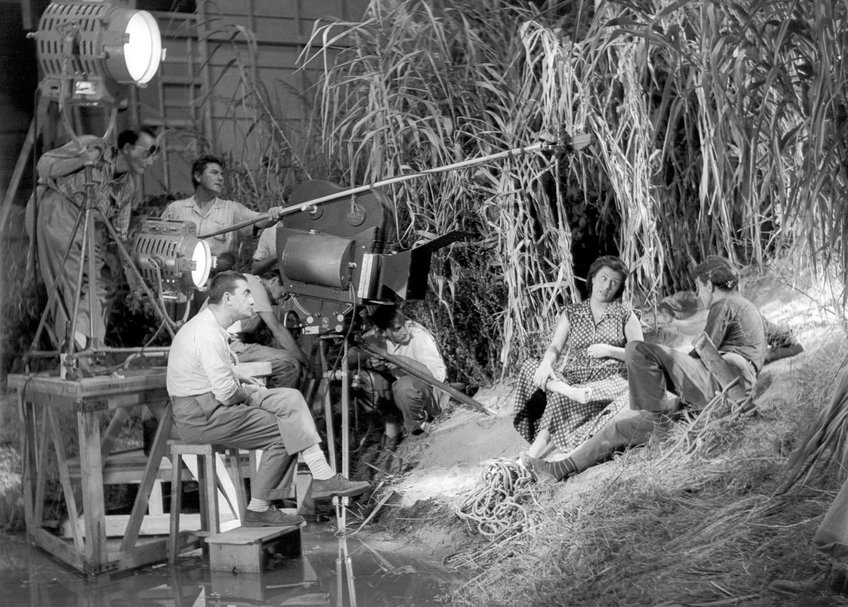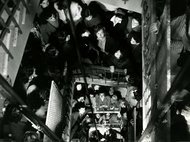
Cinematic Space
As part of its fundamental nature, the motion picture captures a slice of the visible to create a specific spatiality. As a medium, it activates transformative processes at the intersection of spatiality and visuality. Cinema has actively participated in the construction of concepts such as “place,” “landscape,” or “environment,” developing strategies for making social relationships visible and for mapping their connections to specific territories, cities, or regions.
For these reasons, cinema can prove crucial as a source for understanding historical space. More generally, when understood as a language, a form of expression, and an experience, film remains a gateway into our visual culture and our cultural, artistic, and social history.
Analyzing the cinema today – at a time when its medium-specific features appear increasingly diffuse –is studying it from a privileged vantage point. This perspective allows for a renewed interrogation of its aesthetic mediality, as well as of its historical configurations shaped by industrial practices and transformations in its technical apparatus. The methodological approach proposed here seeks to alternate between different scales of observation, to address cinema as a creative, productive, and cultural assemblage: from close readings of films to the analyses of political and social production contexts; from the study of mise-en-scène in Italian cinema to the investigation of the broader figurative and narrative palimpsest through which cinema, both national and transnational, has contributed to the cultural construction of Italy. The exploration of spatiality – both within and beyond the frame – enables these shifts in scale, generating a research framework open to diverse analytical and interpretive contributions.
For further information see the interview “Framing Cinematic Space” in prisma – Hertziana Research Magazine 2022 | 2024.


